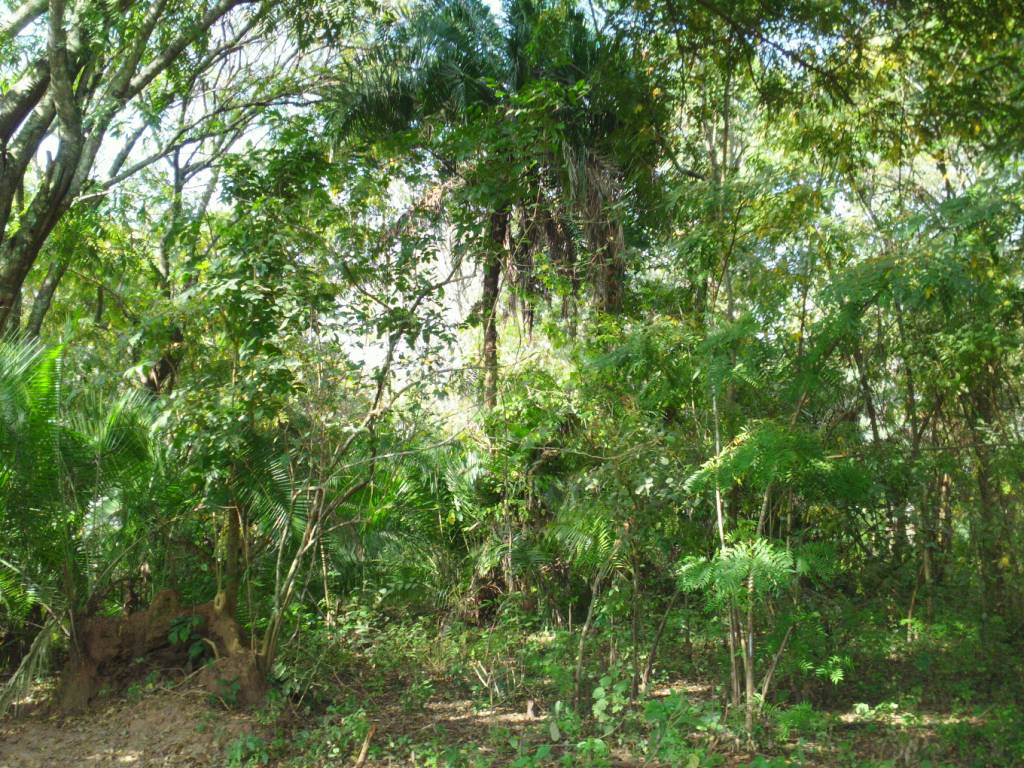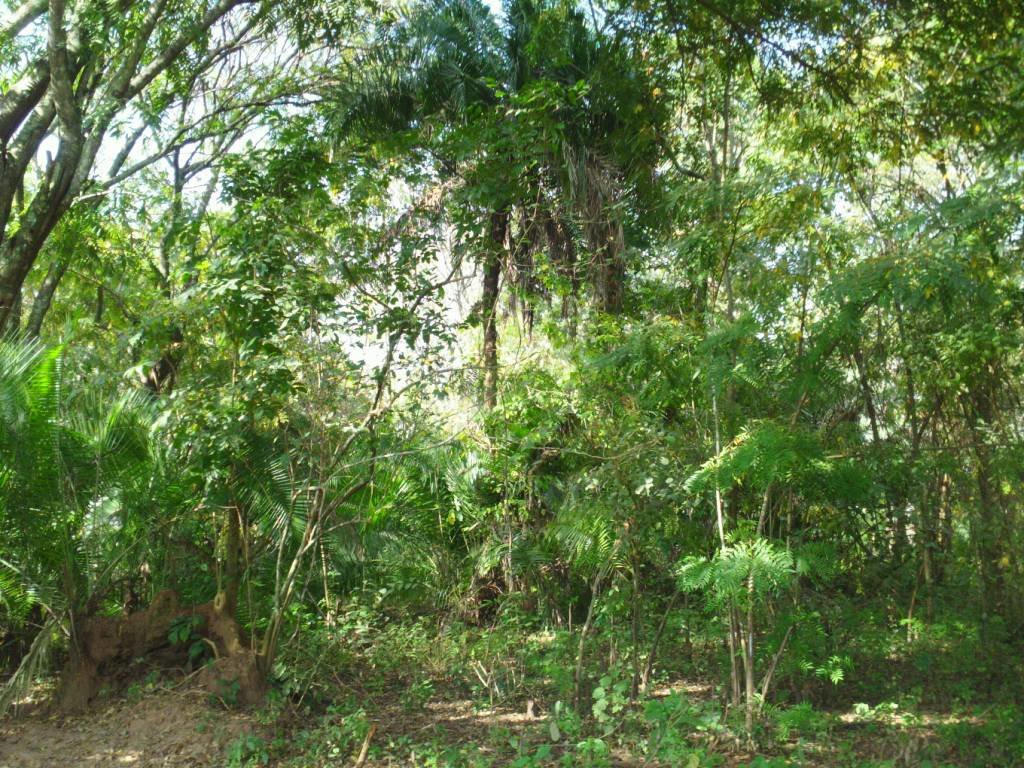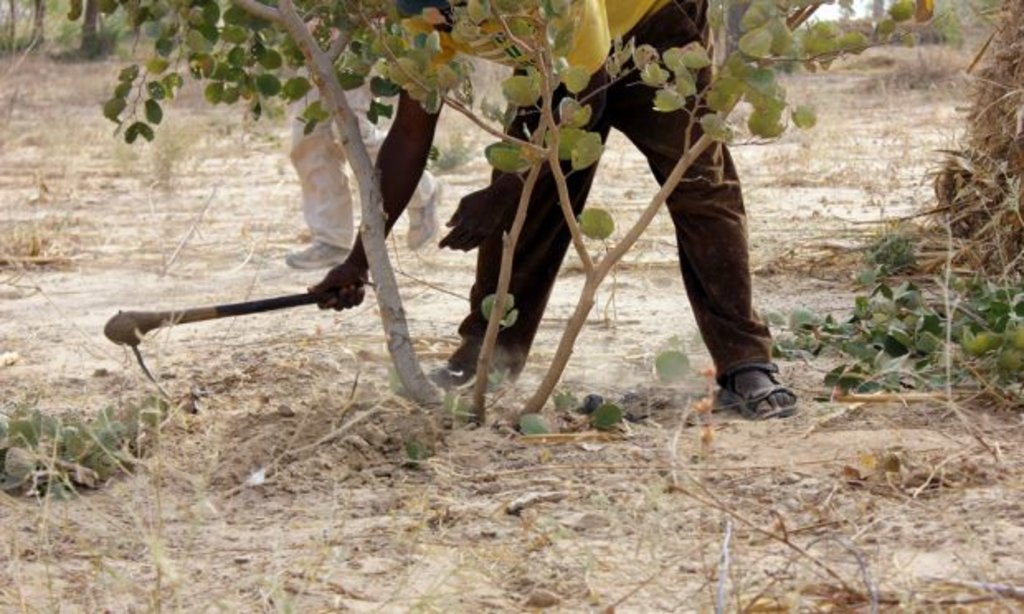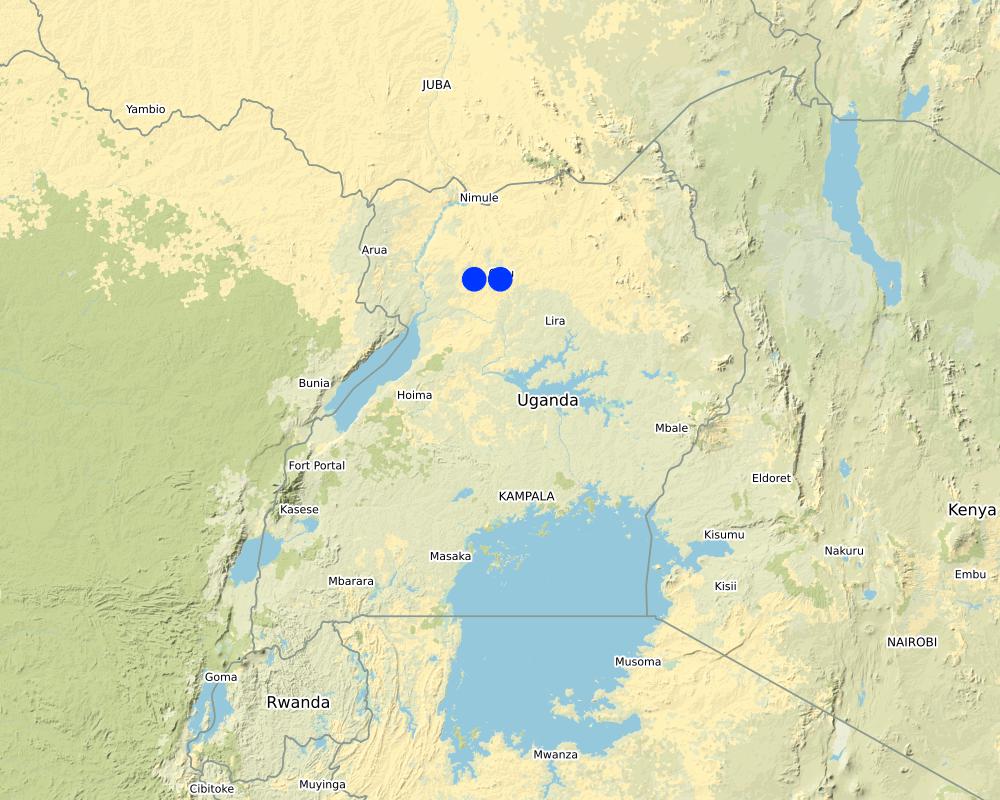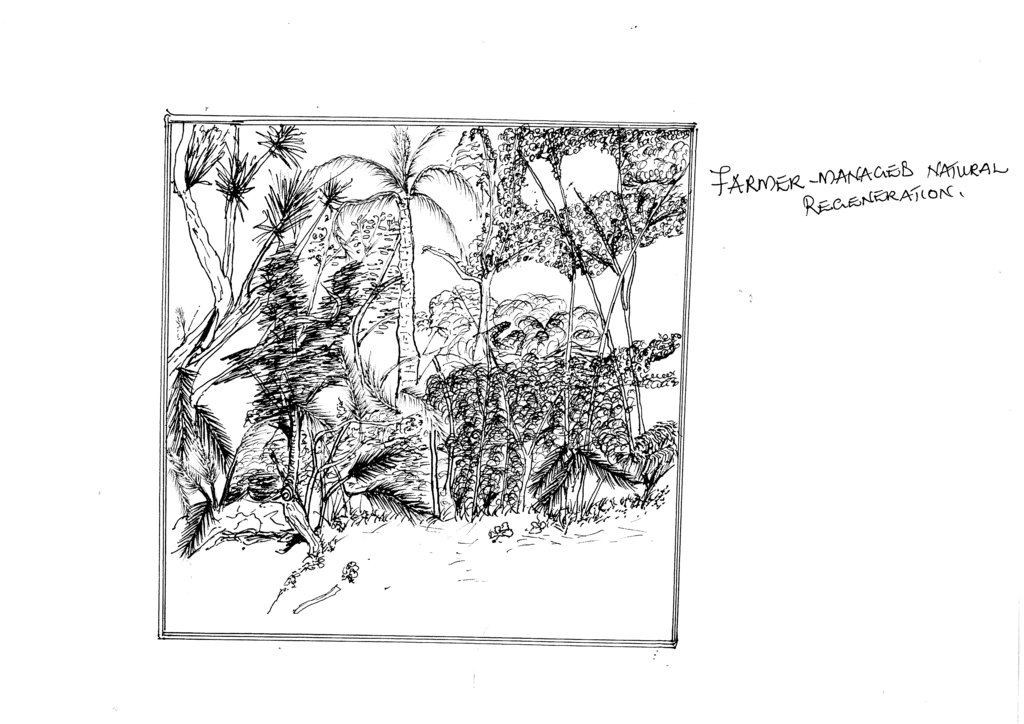Farmer-Managed Natural Regeneration (FMNR) [Uganda]
- Creation:
- Update:
- Compiler: Bernard Fungo
- Editors: Kamugisha Rick Nelson, JOY TUKAHIRWA, betty adoch, Sunday Balla Amale
- Reviewers: Drake Mubiru, Nicole Harari, Udo Höggel
Bunga
technologies_2769 - Uganda
View sections
Expand all Collapse all1. General information
1.2 Contact details of resource persons and institutions involved in the assessment and documentation of the Technology
Key resource person(s)
land user:
Otto John Bosco
+256774140808
Farmer
Omolo District
Uganda
Name of project which facilitated the documentation/ evaluation of the Technology (if relevant)
Scaling-up SLM practices by smallholder farmers (IFAD)Name of the institution(s) which facilitated the documentation/ evaluation of the Technology (if relevant)
CDE Centre for Development and Environment (CDE Centre for Development and Environment) - Switzerland1.3 Conditions regarding the use of data documented through WOCAT
When were the data compiled (in the field)?
25/05/2017
The compiler and key resource person(s) accept the conditions regarding the use of data documented through WOCAT:
Yes
1.4 Declaration on sustainability of the described Technology
Is the Technology described here problematic with regard to land degradation, so that it cannot be declared a sustainable land management technology?
No
2. Description of the SLM Technology
2.1 Short description of the Technology
Definition of the Technology:
Farmer-managed natural regeneration is a low-cost, sustainable land restoration technique involving the re-growth of trees from tree stumps and seedlings in the wild.
2.2 Detailed description of the Technology
Description:
Farmer-Managed Natural Regeneration (FMNR) involves encouraging existing tree stumps or self-sown seeds to re-grow into trees by pruning and protecting them. FMNR adapts centuries-old methods of woodland management, called coppicing and pollarding, to produce continuous tree-growth of trees from stumps or seedlings. It can be used wherever there is living tree stumps with the ability to coppice (re-sprout) or seeds in the soil that can germinate. FMNR is both a community mobilization approach for landscape restoration, and a specific technique to regenerate trees.
FMNR depends on the existence of living tree stumps or roots in crop fields, grazing pastures, woodlands or forests. Each season bushy sprouts will emerge from the stumps/ roots, often appearing like small shrubs. Continuous grazing by livestock, regular burning and/ or regular harvesting for wood fuel results in these sprouts never attaining tree stature. On farmland, standard practice has been for farmers to slash these sprouts in preparation for planting crops, but with a little attention the sprouts can be turned into mature trees without jeopardizing, but in fact, enhancing crop yields (Ndour, et a., 2010; Garity et al., 2010).
For each stump, a decision is made as to how many stems will be chosen to grow. On average, 2-3, are recommended. The tallest and most straight stems are selected and the remaining stems culled. Best results are obtained when the farmer returns regularly to prune any unwanted new stems and side branches as they appear. Farmers can then grow other crops between and around the trees, such as maize, sorghum, sesame, beans and cowpeas. Whenever farmers want wood for any purpose, e.g. building poles, wood fuel, stakes, trellis, etc., they can cut the stem(s) they want and leave the rest to continue growing. The remaining stems will increase in size and value each year, and will continue to protect the environment. Each time a stem is harvested, a younger stem is selected to replace it (Rinauldo, 2012).
FMNR is applicable in dry lands where it is capable of returning degraded croplands and grazing lands to productivity. It is also used to restore degraded forests, thereby reversing biodiversity loss and reducing vulnerability to climate change. Furthermore, the practice has a big role in maintaining not-yet-degraded landscapes in a productive state when combined with other sustainable land management practices such as conservation agriculture on cropland and holistic management on rangelands.
The farmer likes FMNR because of the direct benefits such as wood fuel, building materials, food and fodder without the need for frequent and costly replanting. Also, when FMNR trees are integrated into croplands and grazing pastures there is an increase in soil fertility and organic matter, soil moisture, leaf fodder, and crop yields. There is also a decrease in wind and heat damage, and soil erosion. FMNR is a rapid, relatively low-cost and easily replicable technology for restoring and improving agricultural, forested and pasture lands.
Farmers dislike FMNR because the tree species, which are mainly native, grow slowly compared to other comparable species such as Eucalyptus and Pine. Native trees also grow in random locations in the landscape depending on the location of the previous trees/seeds, making it difficult to plan arrangement of other farm activities.
2.3 Photos of the Technology
2.4 Videos of the Technology
2.5 Country/ region/ locations where the Technology has been applied and which are covered by this assessment
Country:
Uganda
Region/ State/ Province:
Gulu and Nwoya districts
Map
×2.6 Date of implementation
Indicate year of implementation:
2014
2.7 Introduction of the Technology
Specify how the Technology was introduced:
- through projects/ external interventions
Comments (type of project, etc.):
Trained by the organisation 'Operation Wealth Creation'
3. Classification of the SLM Technology
3.1 Main purpose(s) of the Technology
- improve production
- reduce, prevent, restore land degradation
- conserve ecosystem
- protect a watershed/ downstream areas – in combination with other Technologies
- adapt to climate change/ extremes and its impacts
- create beneficial economic impact
3.2 Current land use type(s) where the Technology is applied

Forest/ woodlands
(Semi-)natural forests/ woodlands:
- Selective felling
Tree plantation, afforestation:
- Mixed varieties
Products and services:
- Timber
- Fuelwood
- Fruits and nuts
- Other forest products
- Grazing/ browsing
- Nature conservation/ protection

Mixed (crops/ grazing/ trees), incl. agroforestry
- Agroforestry
If land use has changed due to the implementation of the Technology, indicate land use before implementation of the Technology:
The land was initially un-managed woodland but now used for controlled grazing and bee-keeping
3.3 Further information about land use
Water supply for the land on which the Technology is applied:
- rainfed
Number of growing seasons per year:
- 2
Livestock density (if relevant):
Appoximately 10 animal units per acre
3.4 SLM group to which the Technology belongs
- natural and semi-natural forest management
- agroforestry
- pastoralism and grazing land management
3.5 Spread of the Technology
Specify the spread of the Technology:
- evenly spread over an area
If the Technology is evenly spread over an area, indicate approximate area covered:
- < 0.1 km2 (10 ha)
3.6 SLM measures comprising the Technology

vegetative measures
- V4: Replacement or removal of alien/ invasive species

management measures
- M1: Change of land use type
- M2: Change of management/ intensity level
- M4: Major change in timing of activities
- M5: Control/ change of species composition
3.7 Main types of land degradation addressed by the Technology

soil erosion by water
- Wo: offsite degradation effects

biological degradation
- Bs: quality and species composition/ diversity decline
3.8 Prevention, reduction, or restoration of land degradation
Specify the goal of the Technology with regard to land degradation:
- reduce land degradation
- restore/ rehabilitate severely degraded land
4. Technical specifications, implementation activities, inputs, and costs
4.1 Technical drawing of the Technology
4.2 Technical specifications/ explanations of technical drawing
1. Spacing between trees is is 10 to 30 meters
2. Each tree stump should be pruned, leaving 3 - 4 offshots to allow for proper continued growth
3. Other farming activities such as controlled grazing and bee-keeping may be included
4.3 General information regarding the calculation of inputs and costs
Specify how costs and inputs were calculated:
- per Technology area
Indicate size and area unit:
1 acre
other/ national currency (specify):
UGX
Indicate exchange rate from USD to local currency (if relevant): 1 USD =:
3500.0
Indicate average wage cost of hired labour per day:
5000
4.4 Establishment activities
| Activity | Type of measure | Timing | |
|---|---|---|---|
| 1. | Pruning of tree stumps and seedlings | Agronomic | Once at the time of establishment |
| 2. | Fencing | Structural | Once at the start of the establishment |
4.5 Costs and inputs needed for establishment
| Specify input | Unit | Quantity | Costs per Unit | Total costs per input | % of costs borne by land users | |
|---|---|---|---|---|---|---|
| Labour | Pruning of stumps and seedlings | Acres | 1.0 | 150000.0 | 150000.0 | 100.0 |
| Labour | Fencing | Acres | 1.0 | 200000.0 | 200000.0 | 100.0 |
| Construction material | Poles for fencing | Number | 300.0 | 5000.0 | 1500000.0 | 100.0 |
| Construction material | Barbed wire | kgs | 50.0 | 20000.0 | 1000000.0 | 100.0 |
| Total costs for establishment of the Technology | 2850000.0 | |||||
Comments:
Money used by the land user to establish the technology was borrowed from the SACCO
4.6 Maintenance/ recurrent activities
| Activity | Type of measure | Timing/ frequency | |
|---|---|---|---|
| 1. | Pruning | Agronomic | Approximately once a year |
4.7 Costs and inputs needed for maintenance/ recurrent activities (per year)
| Specify input | Unit | Quantity | Costs per Unit | Total costs per input | % of costs borne by land users | |
|---|---|---|---|---|---|---|
| Labour | Labour for pruning | acre | 1.0 | 150000.0 | 150000.0 | 100.0 |
| Construction material | Replacement of poles | Number | 20.0 | 5000.0 | 100000.0 | 100.0 |
| Total costs for maintenance of the Technology | 250000.0 | |||||
4.8 Most important factors affecting the costs
Describe the most determinate factors affecting the costs:
Labour and seedlings take most of the costs of the technology
5. Natural and human environment
5.1 Climate
Annual rainfall
- < 250 mm
- 251-500 mm
- 501-750 mm
- 751-1,000 mm
- 1,001-1,500 mm
- 1,501-2,000 mm
- 2,001-3,000 mm
- 3,001-4,000 mm
- > 4,000 mm
Indicate the name of the reference meteorological station considered:
Gulu
Agro-climatic zone
- sub-humid
5.2 Topography
Slopes on average:
- flat (0-2%)
- gentle (3-5%)
- moderate (6-10%)
- rolling (11-15%)
- hilly (16-30%)
- steep (31-60%)
- very steep (>60%)
Landforms:
- plateau/plains
- ridges
- mountain slopes
- hill slopes
- footslopes
- valley floors
Altitudinal zone:
- 0-100 m a.s.l.
- 101-500 m a.s.l.
- 501-1,000 m a.s.l.
- 1,001-1,500 m a.s.l.
- 1,501-2,000 m a.s.l.
- 2,001-2,500 m a.s.l.
- 2,501-3,000 m a.s.l.
- 3,001-4,000 m a.s.l.
- > 4,000 m a.s.l.
Indicate if the Technology is specifically applied in:
- not relevant
5.3 Soils
Soil depth on average:
- very shallow (0-20 cm)
- shallow (21-50 cm)
- moderately deep (51-80 cm)
- deep (81-120 cm)
- very deep (> 120 cm)
Soil texture (topsoil):
- medium (loamy, silty)
Soil texture (> 20 cm below surface):
- medium (loamy, silty)
Topsoil organic matter:
- low (<1%)
5.4 Water availability and quality
Ground water table:
5-50 m
Availability of surface water:
medium
Water quality (untreated):
poor drinking water (treatment required)
Is water salinity a problem?
No
Is flooding of the area occurring?
No
5.5 Biodiversity
Species diversity:
- medium
Habitat diversity:
- medium
5.6 Characteristics of land users applying the Technology
Sedentary or nomadic:
- Sedentary
Market orientation of production system:
- mixed (subsistence/ commercial
Off-farm income:
- less than 10% of all income
- 10-50% of all income
Relative level of wealth:
- poor
Individuals or groups:
- individual/ household
Level of mechanization:
- manual work
Gender:
- women
- men
Age of land users:
- youth
- middle-aged
Indicate other relevant characteristics of the land users:
But mostly men
5.7 Average area of land owned or leased by land users applying the Technology
- < 0.5 ha
- 0.5-1 ha
- 1-2 ha
- 2-5 ha
- 5-15 ha
- 15-50 ha
- 50-100 ha
- 100-500 ha
- 500-1,000 ha
- 1,000-10,000 ha
- > 10,000 ha
Is this considered small-, medium- or large-scale (referring to local context)?
- medium-scale
Comments:
The farmer owns 10 acres of land
5.8 Land ownership, land use rights, and water use rights
Land ownership:
- individual, not titled
Land use rights:
- individual
Water use rights:
- individual
Comments:
The farmer is planning to acquire a land title
5.9 Access to services and infrastructure
health:
- poor
- moderate
- good
education:
- poor
- moderate
- good
technical assistance:
- poor
- moderate
- good
employment (e.g. off-farm):
- poor
- moderate
- good
markets:
- poor
- moderate
- good
energy:
- poor
- moderate
- good
roads and transport:
- poor
- moderate
- good
drinking water and sanitation:
- poor
- moderate
- good
financial services:
- poor
- moderate
- good
6. Impacts and concluding statements
6.1 On-site impacts the Technology has shown
Socio-economic impacts
Production
wood production
forest/ woodland quality
Comments/ specify:
Well fenced, protected and no encroachment
risk of production failure
product diversity
energy generation
Income and costs
expenses on agricultural inputs
Comments/ specify:
Only paying labour for fencing
farm income
Comments/ specify:
From the sale of forest products
diversity of income sources
Comments/ specify:
From the sale of fruits and tree products like firewood, timber and staking materials
Socio-cultural impacts
food security/ self-sufficiency
land use/ water rights
recreational opportunities
SLM/ land degradation knowledge
conflict mitigation
Comments/ specify:
Fencing: no roaming animals
Ecological impacts
Soil
soil moisture
soil cover
soil loss
soil accumulation
Comments/ specify:
Due to litter
soil organic matter/ below ground C
Biodiversity: vegetation, animals
Vegetation cover
biomass/ above ground C
invasive alien species
6.2 Off-site impacts the Technology has shown
Comments regarding impact assessment:
Increased carbon sequestration by tree biomass
6.3 Exposure and sensitivity of the Technology to gradual climate change and climate-related extremes/ disasters (as perceived by land users)
Gradual climate change
Gradual climate change
| Season | Type of climatic change/ extreme | How does the Technology cope with it? | |
|---|---|---|---|
| annual temperature | increase | moderately | |
| seasonal temperature | wet/ rainy season | increase | moderately |
6.4 Cost-benefit analysis
How do the benefits compare with the establishment costs (from land users’ perspective)?
Short-term returns:
negative
Long-term returns:
positive
How do the benefits compare with the maintenance/ recurrent costs (from land users' perspective)?
Short-term returns:
slightly positive
Long-term returns:
positive
Comments:
High costs at establishment. Costs continue reducing as maintenance is being done. Cost of maintenance can be recovered from the sale of prunigs and fuelwood and poles.
6.5 Adoption of the Technology
- 1-10%
Of all those who have adopted the Technology, how many have did so spontaneously, i.e. without receiving any material incentives/ payments?
- 90-100%
6.6 Adaptation
Has the Technology been modified recently to adapt to changing conditions?
No
6.7 Strengths/ advantages/ opportunities of the Technology
| Strengths/ advantages/ opportunities in the land user’s view |
|---|
| Easy to manage once established |
| Can easily be replicated by small-scale and large-scale land users else where who own similar sizes of land |
| Fencing reduces conflict with other land users and eliminates open access situations leading to a free-for-all situation of land use which is not desirable. |
| Strengths/ advantages/ opportunities in the compiler’s or other key resource person’s view |
|---|
| The technology is replicable and suitable for small scale land users because it does not require a lot of costs at the time of establishment and maintenance |
| The technology is not expensive. The land user starts with local trees and shrubs. |
6.8 Weaknesses/ disadvantages/ risks of the Technology and ways of overcoming them
| Weaknesses/ disadvantages/ risks in the land user’s view | How can they be overcome? |
|---|---|
| Easily threatened by bush fires | Establish firelines |
| Benefits are realized after a long period of time(5-10 years) | Look for other sources of income |
| Weaknesses/ disadvantages/ risks in the compiler’s or other key resource person’s view | How can they be overcome? |
|---|---|
| Requires some capital at the time of establishment which the land user may not have | Engage in village and saving associations |
| Likelihood of conflict in areas where land is communally owned | Hold discussion with community before fencing-off sites |
7. References and links
7.1 Methods/ sources of information
- field visits, field surveys
01
- interviews with land users
01
7.3 Links to relevant information which is available online
Title/ description:
Ndour, B., Sarr, A. and Mbaye, A. 2010. Projects Baysatol/ SFLEI – Rapport d'Activities, Institut Sénégalais de Recherches Agricoles (ISRA), Centre National de Recherches Agronomiques, Replublique du Senegal Ministere de l'Agriculture / World Vision Senegal.
URL:
http://fmnrhub.com.au/wp-content/uploads/2015/04/Francis-Weston-Birch-2015-FMNR-Study.pdf
Title/ description:
Garrity, D., Akinnifesi, F., Ajayi, O., Weldesemayat, S., Mowo, J., Kalinganire, A., Larwanou, M. and Bayala, J., 2010. Evergreen Agriculture: a robust approach to sustainable food security in Africa. Food Security 2. 197–214.
URL:
https://link.springer.com/article/10.1007/s12571-010-0070-7?shared-article-renderer
Links and modules
Expand all Collapse allLinks
No links
Modules
No modules


